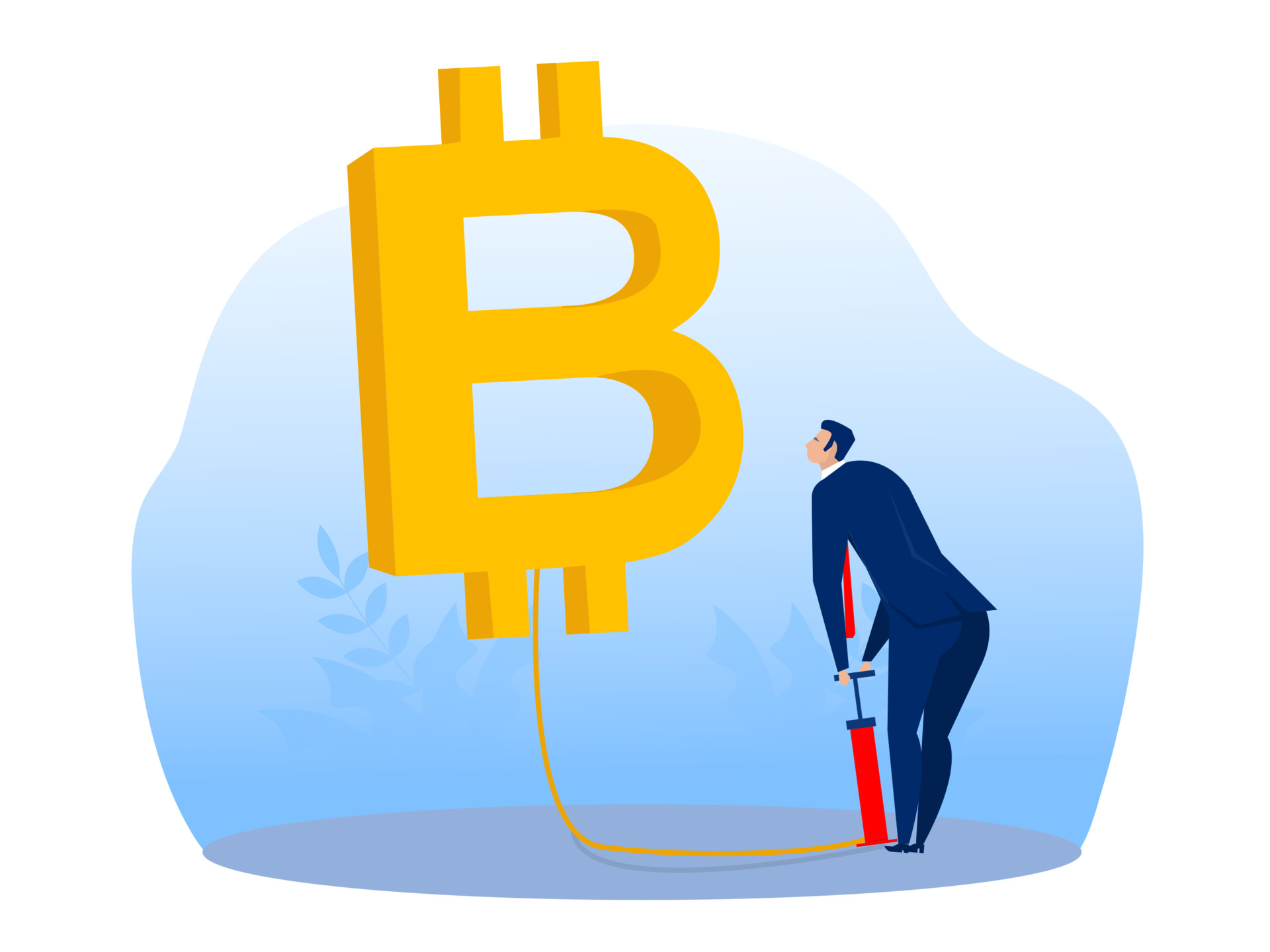The term “Bitcoin halving” refers to an event that occurs approximately every four years on the Bitcoin network. During a halving event, the reward that Bitcoin miners receive for validating transactions and securing the network is cut in half. This reduction in the block reward leads to a decrease in the rate at which new bitcoins are created.
Here’s a brief overview of how Bitcoin halvings work:
- Block Reward Reduction: When Bitcoin was first created, miners were rewarded with 50 bitcoins for every block they successfully mined. In 2012, the first halving occurred, reducing the block reward to 25 bitcoins per block. Then, in 2016, the second halving took place, cutting the reward to 12.5 bitcoins per block. The most recent halving occurred in May 2020, reducing the reward to 6.25 bitcoins per block.
- Supply Reduction: By reducing the rate at which new bitcoins are introduced into circulation, halvings have a deflationary effect on Bitcoin’s supply. This scarcity is often cited as one of Bitcoin’s key value propositions, as it contrasts with the inflationary nature of traditional fiat currencies.
- Market Impact: Bitcoin halvings are closely watched by the cryptocurrency community because they have historically been associated with significant price movements. Some investors believe that the reduction in the supply of new bitcoins will lead to increased scarcity and, consequently, higher prices. However, the exact impact of halvings on Bitcoin’s price is subject to debate, and market reactions can vary.
- Miner Economics: Halvings also have implications for the economics of Bitcoin mining. With the reduction in block rewards, miners must rely more heavily on transaction fees to offset their operating costs. This can lead to changes in mining profitability and shifts in the distribution of mining power across the network.
Overall, Bitcoin halvings are important events that are closely monitored by participants in the cryptocurrency space due to their potential impact on supply dynamics, market prices, and miner incentives.





